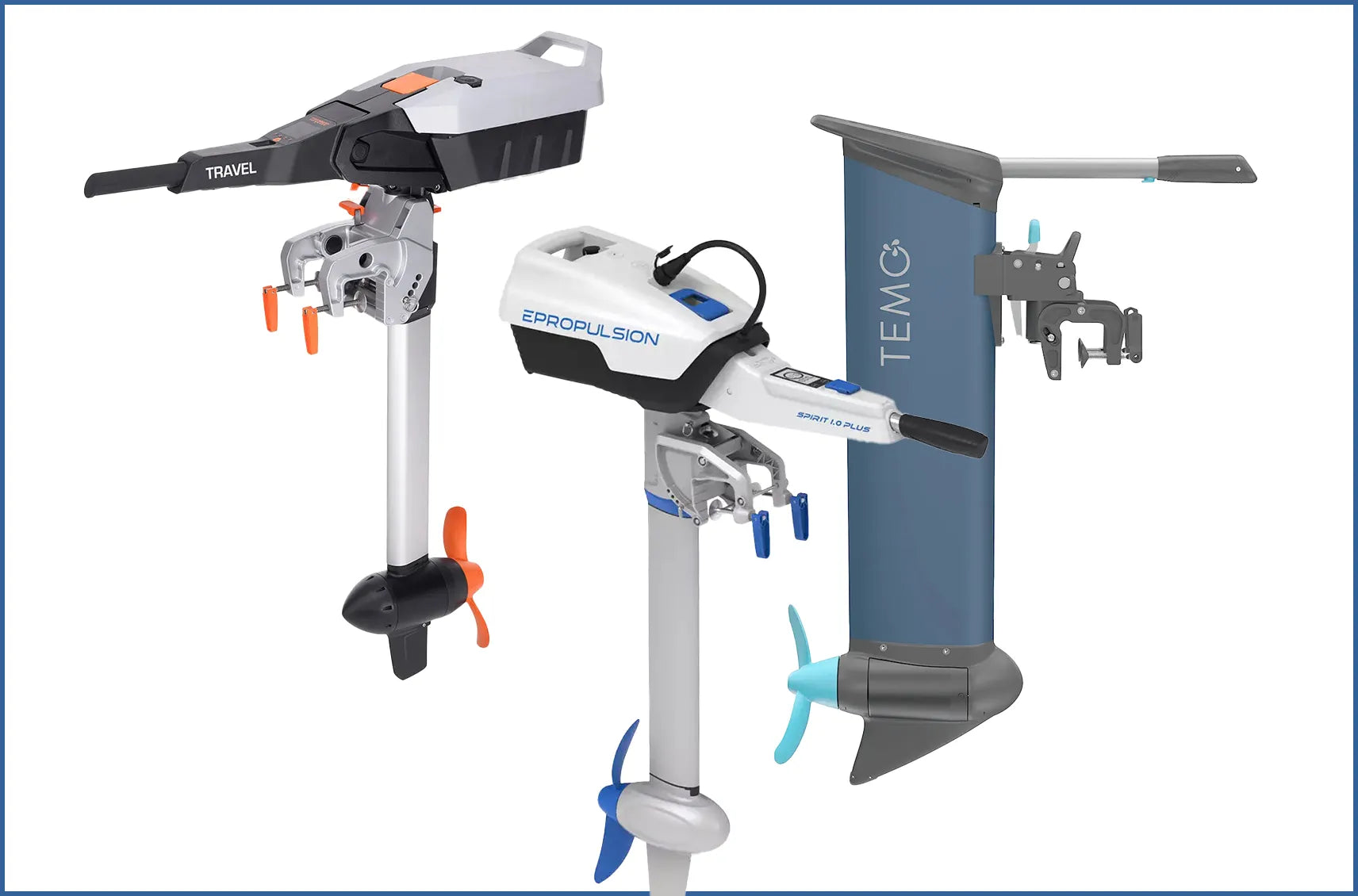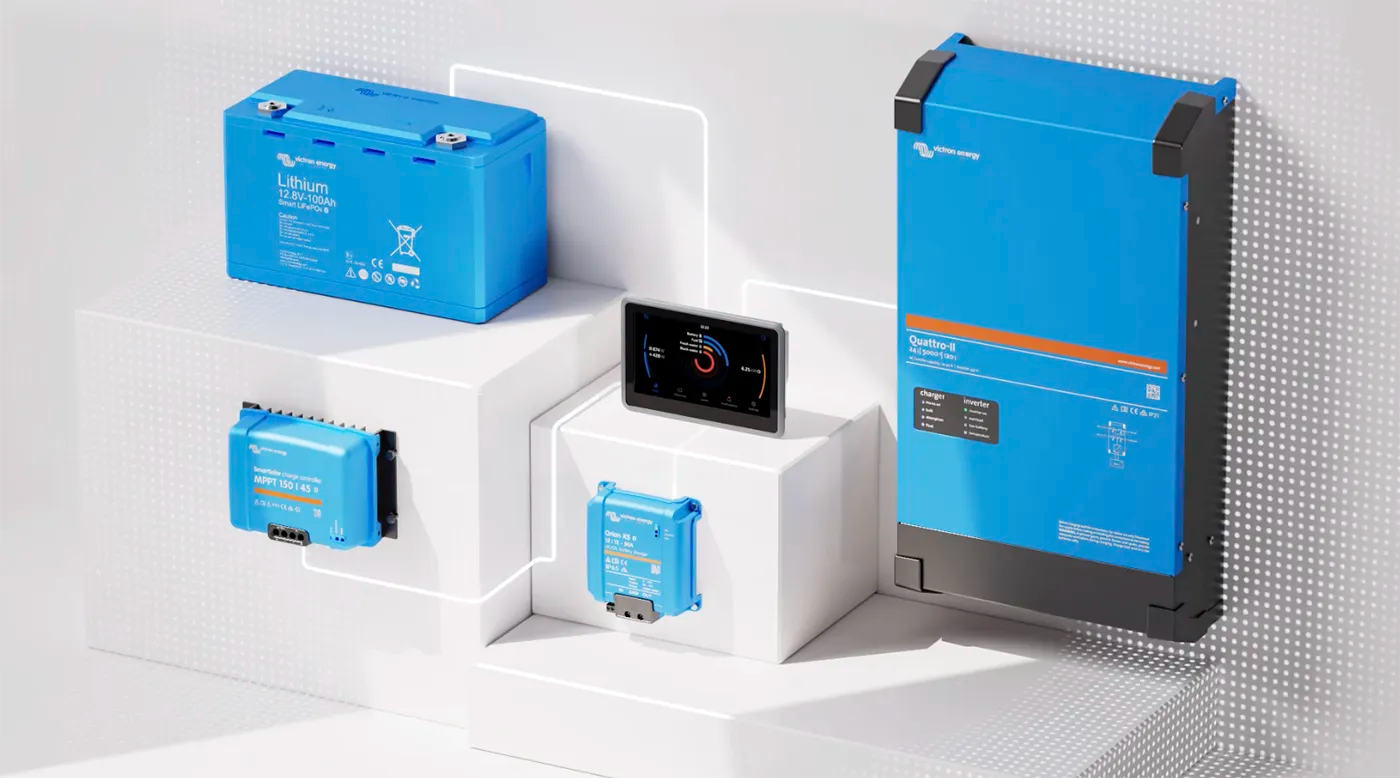Protecting Your Electric Power System During Storms and Hurricanes: Tips for Boats, RVs, and Off-Grid Homes
Severe weather events like storms and hurricanes pose significant threats to power systems in boats, RVs, and off-grid homes. Whether you're dealing with high winds, heavy rain, or lightning strikes, these conditions can cause power surges, water damage, and system overloads. Proper preparation and knowledge of how to protect your power system can save you from expensive repairs and prolonged outages.
This article will walk you through the steps you need to take before, during, and after a storm to safeguard your electric power system.
Understanding the Threats
Power systems are vulnerable to multiple dangers during a storm. Lightning strikes and grid overloads can lead to power surges that damage inverters, batteries, and other sensitive components.
Water damage is another concern, as flooding or rainwater can penetrate enclosures and short out electrical systems. High winds can loosen or break connections, especially for exterior-mounted components like solar panels or wiring. Prolonged outages can also drain batteries and leave you without power for essential systems.
Understanding these threats allows you to better prepare your system for what’s to come.
Pre-Storm Preparation
Before a storm hits, it’s critical to inspect and secure your electric power system. Start by conducting a thorough inspection to make sure that all connections are tight and all components are functioning properly.
Waterproofing is key: ensure all exposed electrical components, such as solar panels and battery systems, are adequately sealed or shielded from water intrusion. Surge protectors and lightning arrestors should be installed or upgraded to prevent damage from electrical surges. If you use renewable energy sources like solar panels or wind turbines, make sure they are securely anchored to withstand high winds.
Finally, check your backup systems—generators and battery banks—to ensure they are ready for use if needed.
During the Storm: Safety First
Once the storm begins, safety should be your top priority. If you’re connected to shore power or the grid, disconnect immediately to avoid surges or outages that could damage your system.
Shutting down non-essential systems reduces the load on your batteries or generators, preserving power for critical functions. Monitor your battery levels closely to ensure they don’t run too low, and switch to manual control if needed to prevent automatic overloads or discharges.
Keep an emergency plan in place to handle any unexpected issues that arise during the storm.
Post-Storm Recovery
After the storm passes, inspect your power system for any signs of damage. Check for visible damage to solar panels, wiring, batteries, and inverters, as well as any water intrusion in electrical components. Safely reconnect to shore power or the grid by following proper reconnection procedures to avoid further damage.
It’s also important to check the health of your batteries, particularly lithium-ion ones, to ensure they haven’t been over-discharged or otherwise compromised during the storm.
If you’re using a generator to restore power, make sure to follow safety guidelines and properly dry out any components that may have been exposed to moisture.
Stay Safe During Storms
Protecting your electric power system during storms and hurricanes is essential to maintaining power reliability and preventing costly damage. By understanding the common threats, taking preventive measures before the storm, ensuring safety during the event, and carefully inspecting your system afterward, you can greatly reduce the risk of power failures and equipment loss.
Whether you’re on a boat, in an RV, or living off-grid, these steps will help you keep your system running smoothly through even the harshest conditions.



